Shark!
Jaws has a lot to answer for. While I doubt there was ever a time that sharks weren’t seen as a threat, that threat was only threatening to sailors and those who chose to traverse the oceans. Then Jaws comes along and suddenly sharks become the enemy to anyone foolhardy enough to set foot in briny water.
This isn’t to say that sharks aren’t dangerous. Earlier this year a man was killed by a shark in New Zealand in a vicious attack that left a community stunned. Yet this was a rare event, one of the (on average) 4 fatal attacks that happen each year globally. To put this into context the World Health Organisation estimate that 388 thousand people die from downing each year, yet people fear the sharks much more than they fear the water.
One of the problems is that when people think of sharks they inevitably think of something like this:
When really they should be thinking of something more like this:
This is a catshark (also known as dogfish for some reason) and there are over 150 species of which the largest is only about 1.6m and most never reach more than 80cm. They feed on invertebrates and small fish and are completely harmless.
Even the two largest shark species in the world, the whale shark and the basking shark, are harmless. They are planktivores and have teeth that could barely break skin, let along tear anyone apart.
All these sharks, despite their differences, have one thing in common: they are well known to most people. Who hasn’t watched a documentary on ‘killer sharks’ or seen David Attenborough extol the wonders of the whale shark, or simply found a dogfish washed up on the beach?
Yet many of the over 470 shark species are rarely seen by humans. They live in the depths of the ocean and are only occasionally seen as bycatch. Examples include the frilled shark (Chlamydoselachus anguineus), which was caught during the survey of Rockall Bank that I wrote about recently; the cookiecutter shark (Isistius brasiliensis) which feeds by taking bites shaped like a cookie cutter out of prey as they swim past; and my new favourite species, the dwarf lanternshark (Etmopterus perryi) which is thought to be the world’s smallest shark at only 21 cm total length. I think it’s just adorable!
On the other end of the cuteness scale is the goblin shark (Mitsukurina owstoni) which looks like something out of a very strange nightmare:
Like so many of these species, little is known about the life-history of the goblin shark. Many deep sea animals live at low abundances, spreading out so as to reduce competition for the scant food that is available at depths. This means our chances of catching specimens are low. Additionally, most are caught by fishermen who generally have little interest in filling their freezers with species that won’t bring in a profit, so it is only when something really strange is caught that animals are brought back for study. Hence the importance of surveys (hey, I’m back to making the point of my last post!) where scientific importance is allowed to trump commerce.
I could continue that theme, but I won’t. Instead I’ll end by asking that you look beyond Hollywood and tacky ‘documentaries’ to see the beauty and variety of sharks. Sharks are incredibly diverse and fascinating creatures yet we know very little about most of them. They can be scary – I certainly would be cautious about going in the water with a great white – but we are much more a threat to them than they are to us. It is estimated that over 100 million sharks are killed each year, a horrifying and unsustainable number. There is the very real threat that many species will go extinct if we continue to exploit them at current levels. Who’s the bigger threat?
Author
Sarah Hearne: hearnes[at]tcd.ie
Photo credit
wikimedia commons

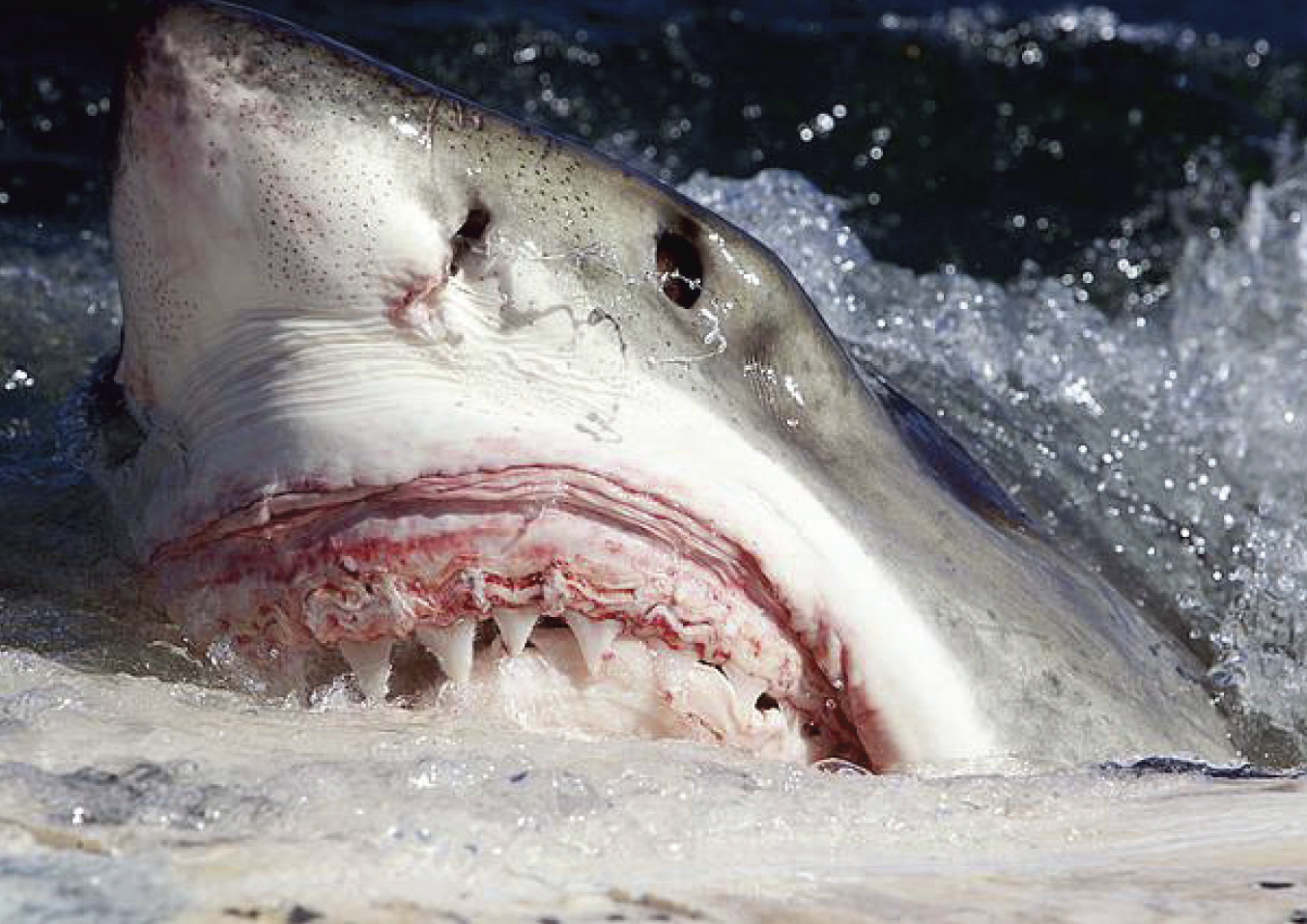
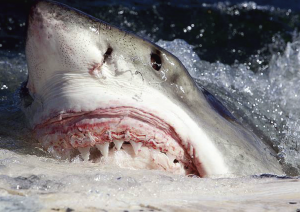
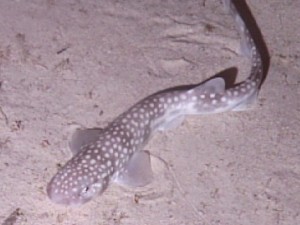
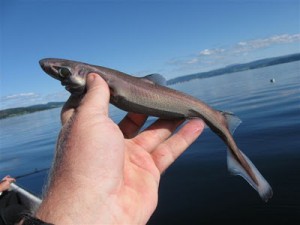
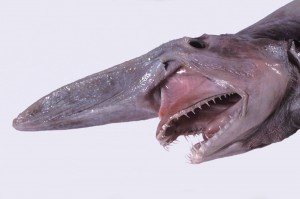
One Reply to “I am a nice shark, not a mindless eating machine”